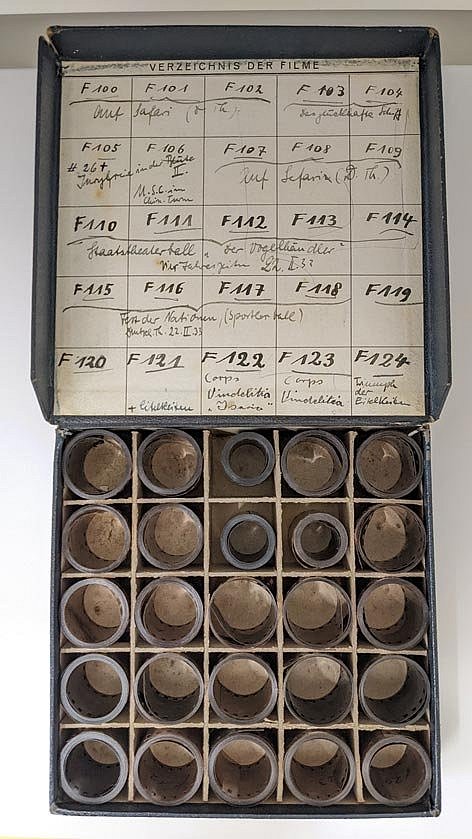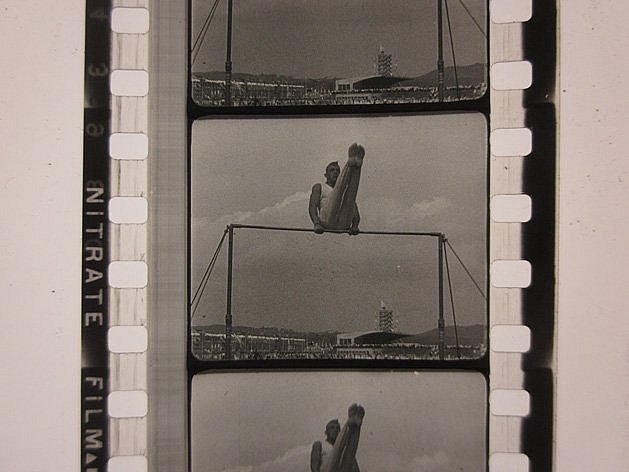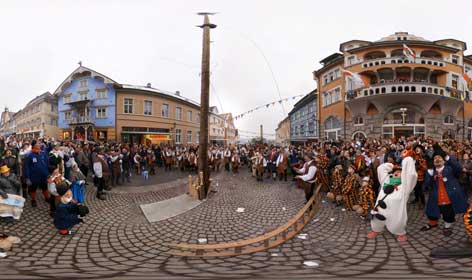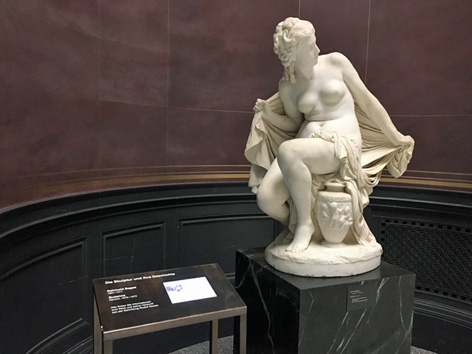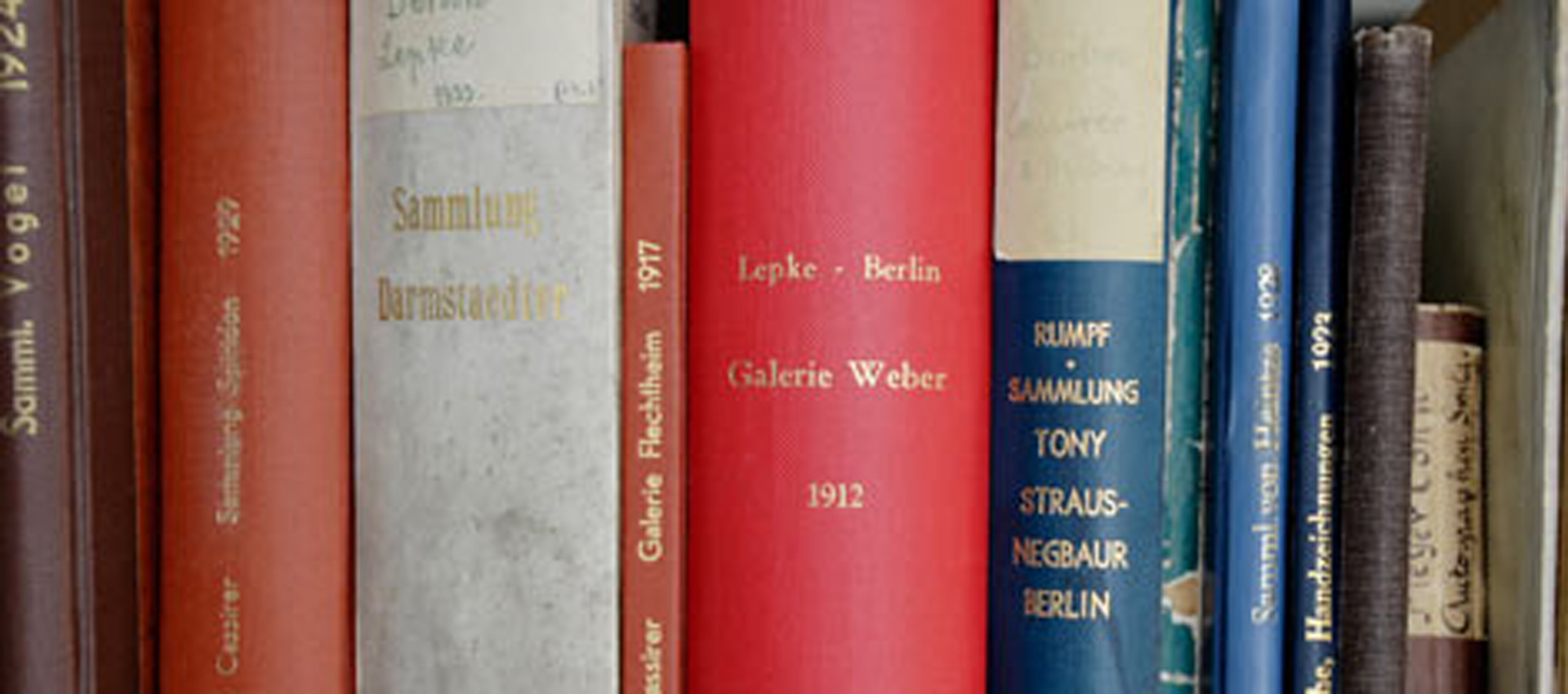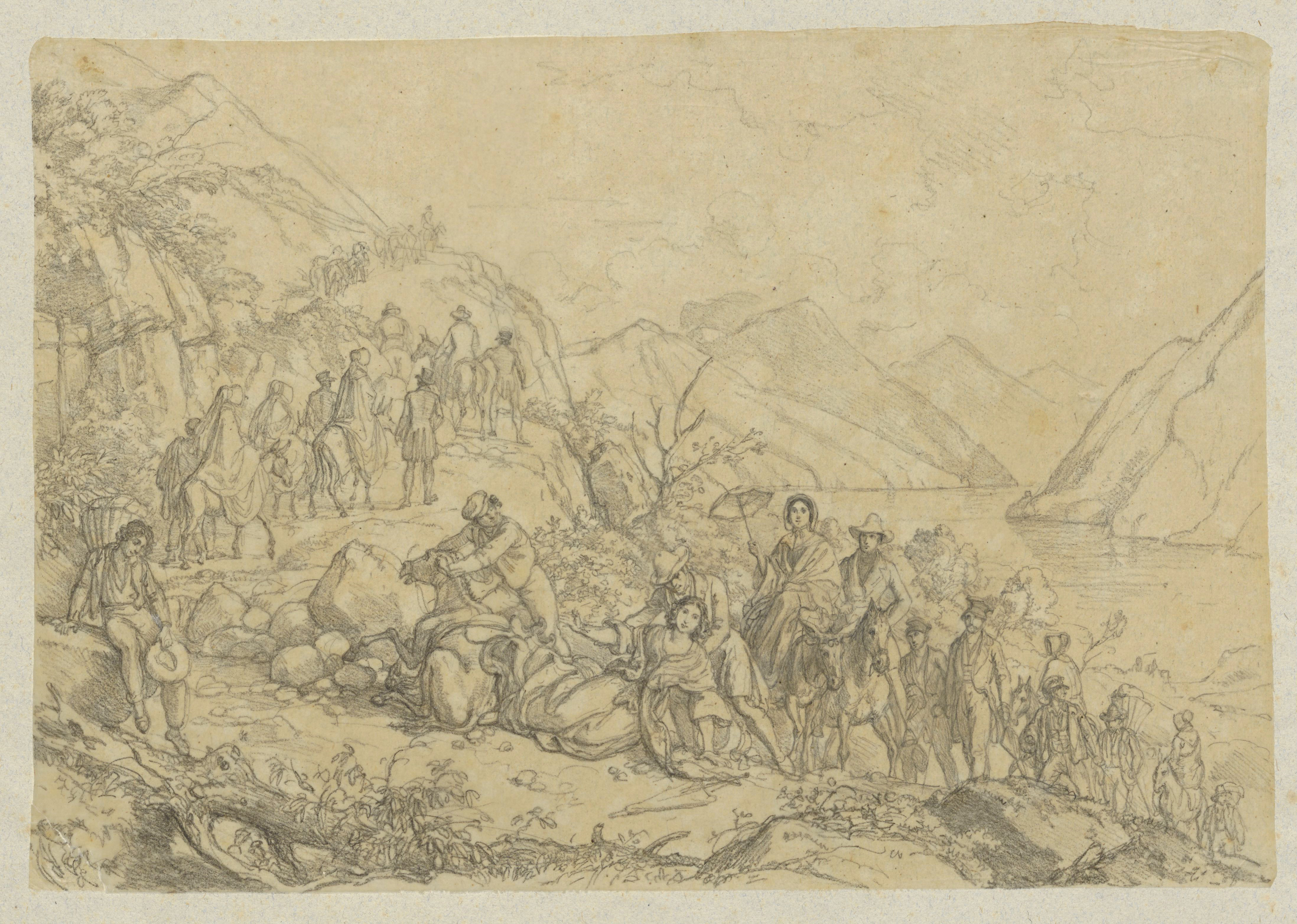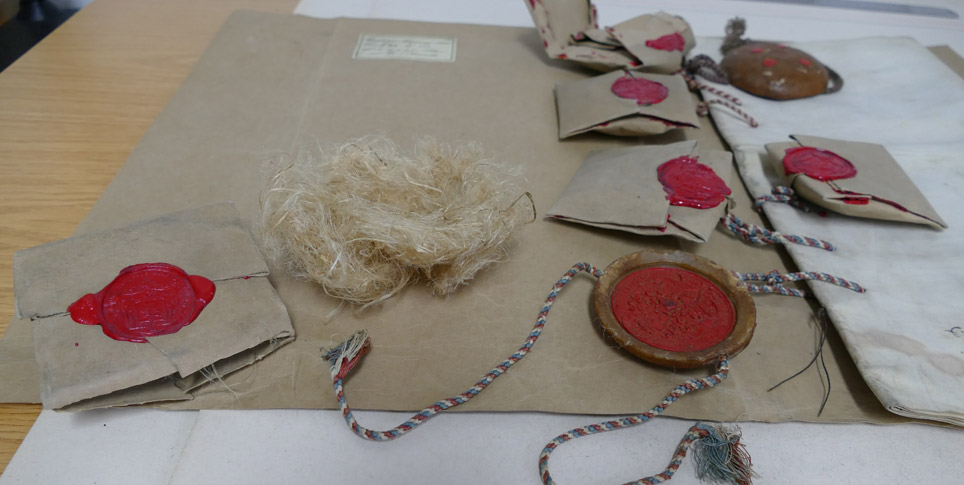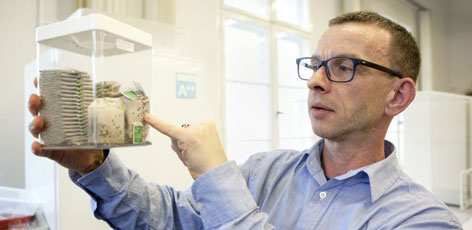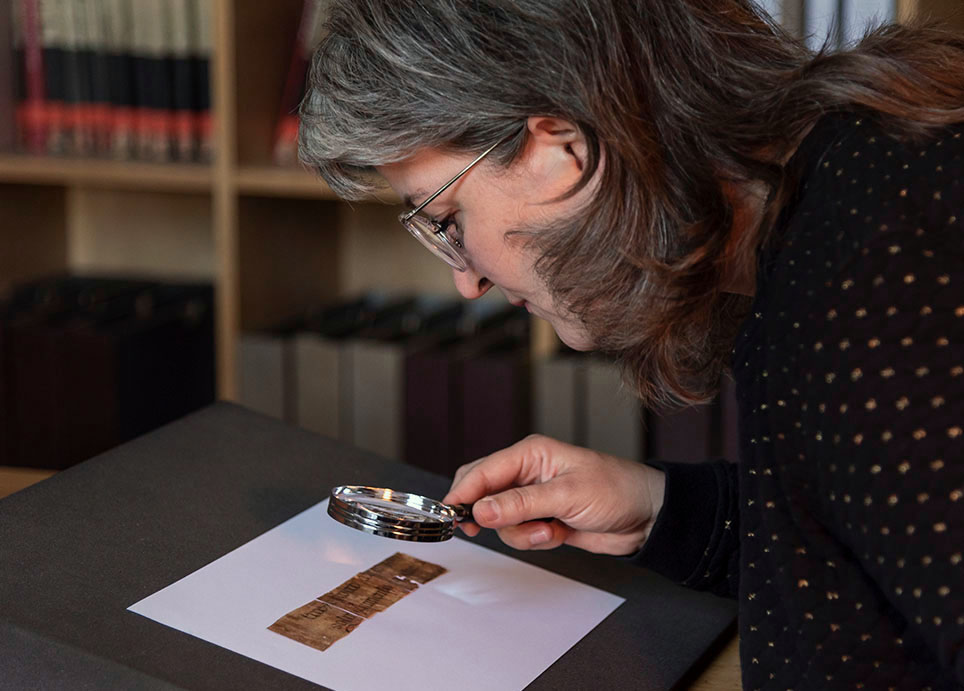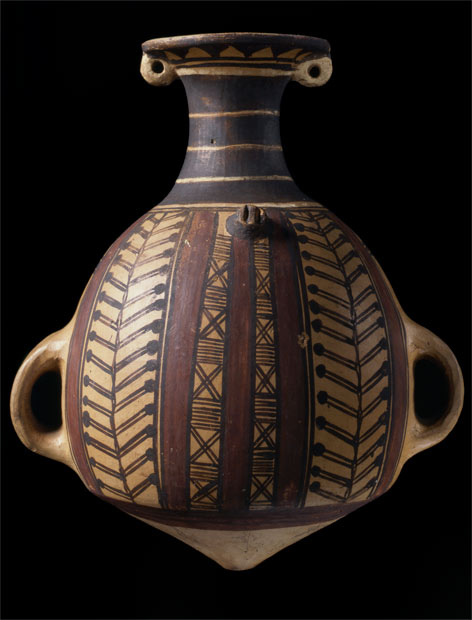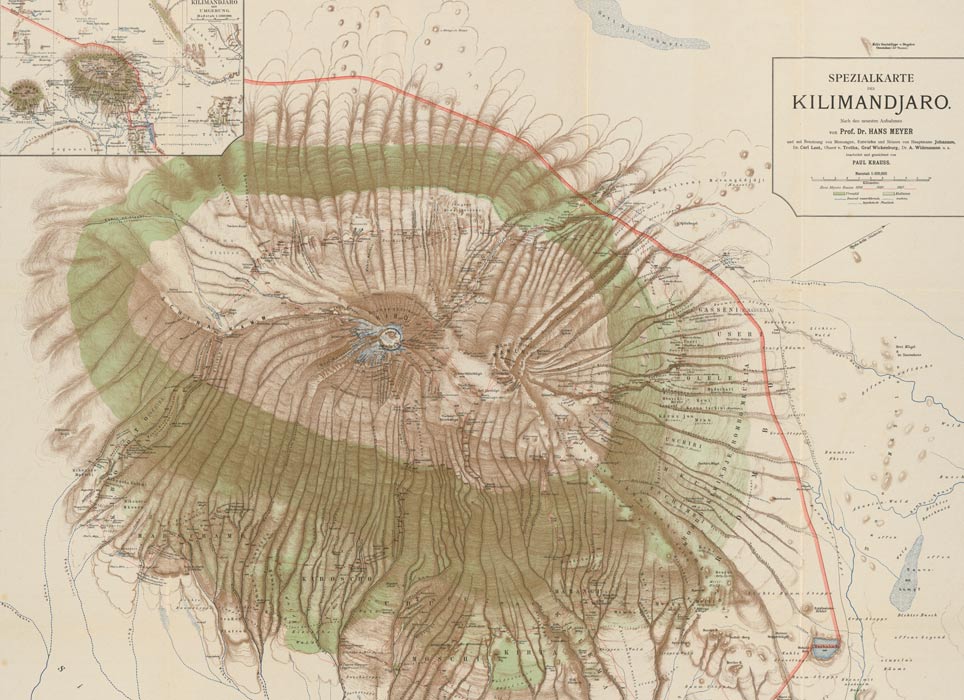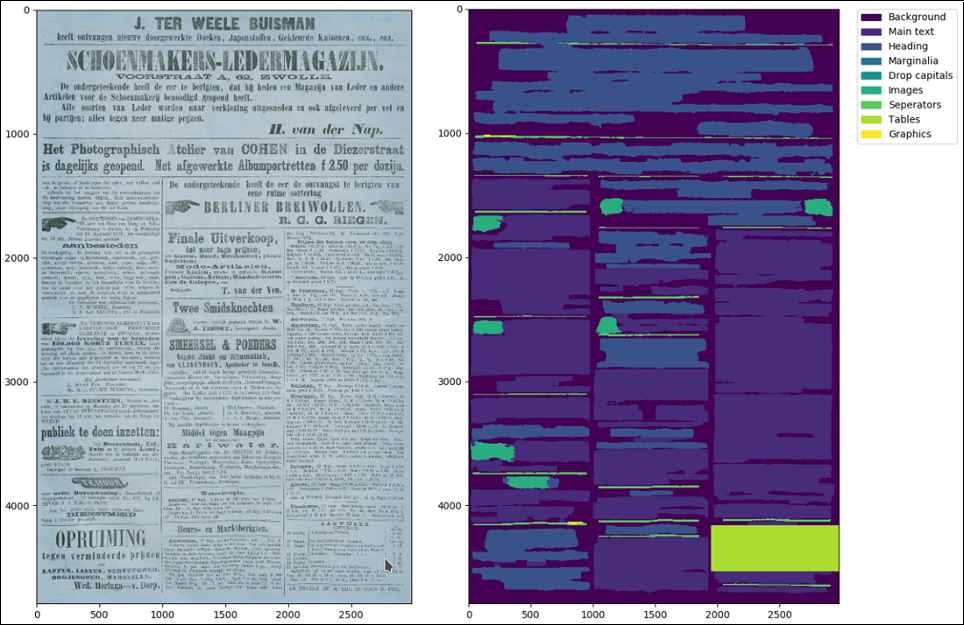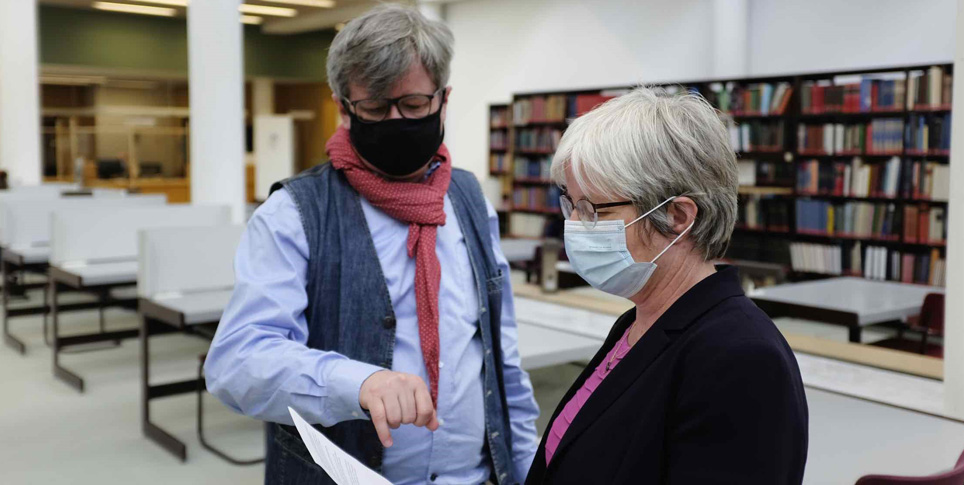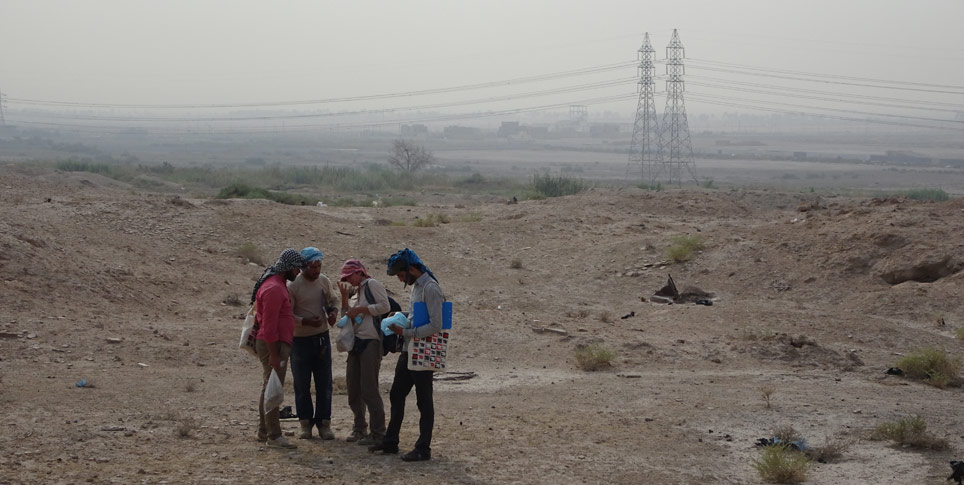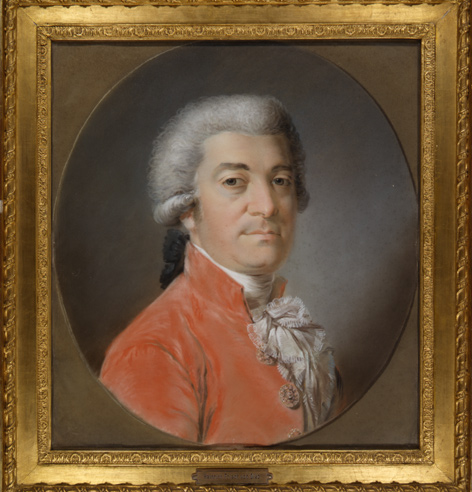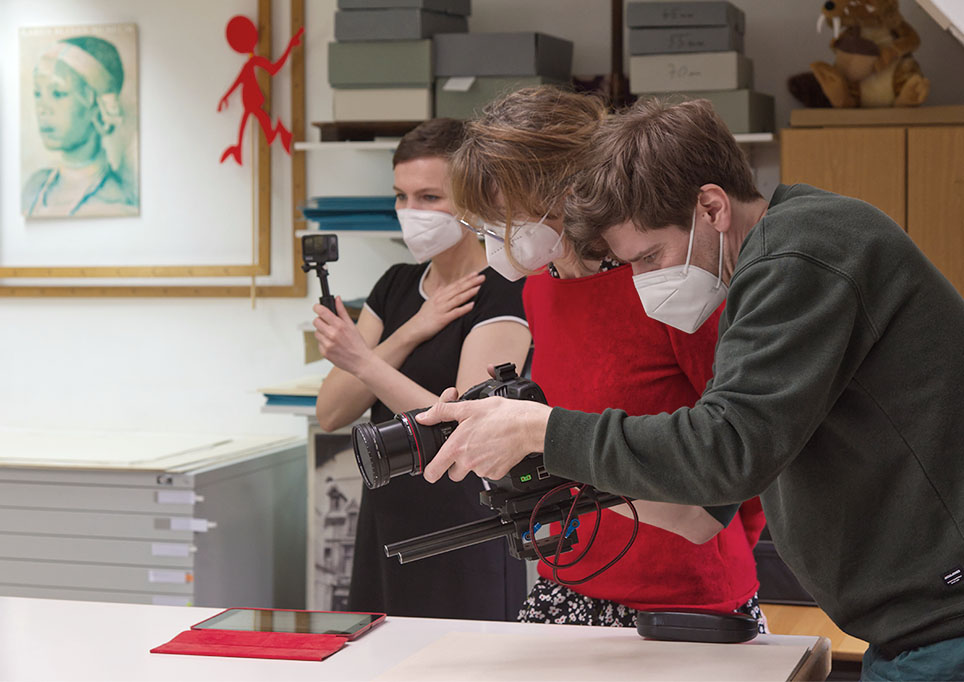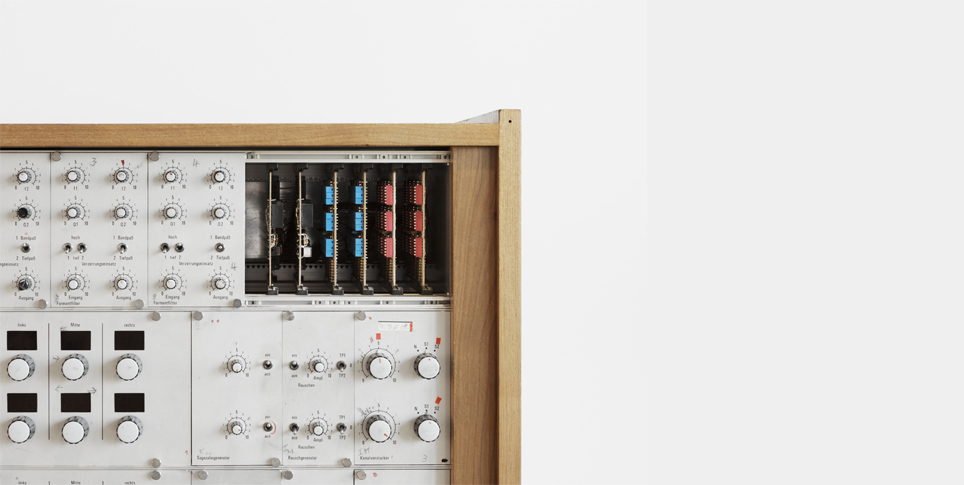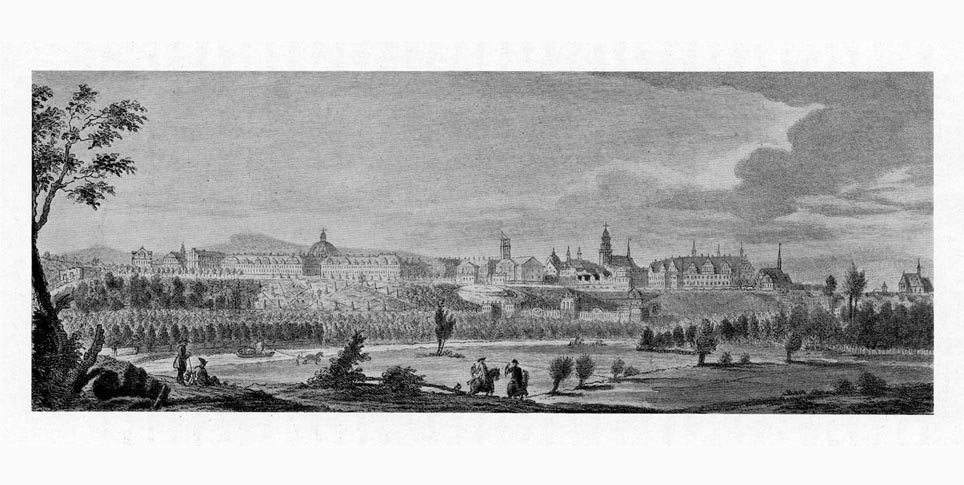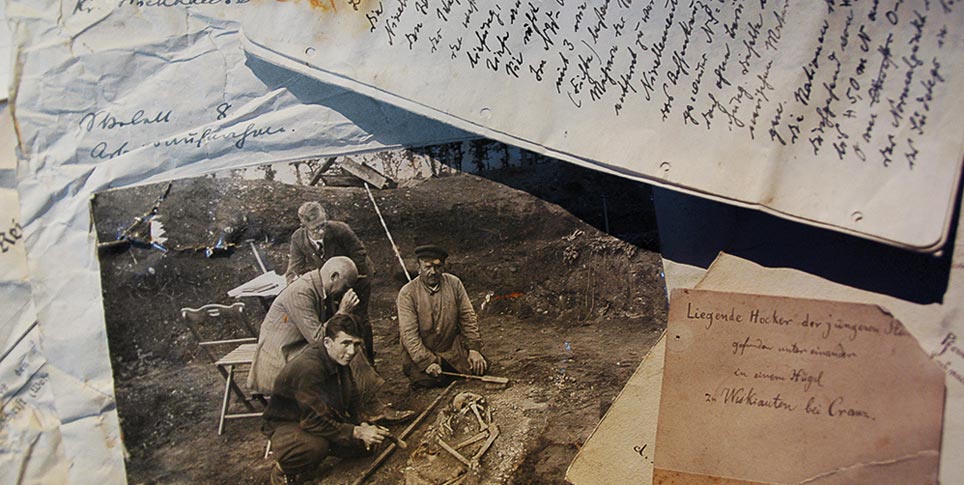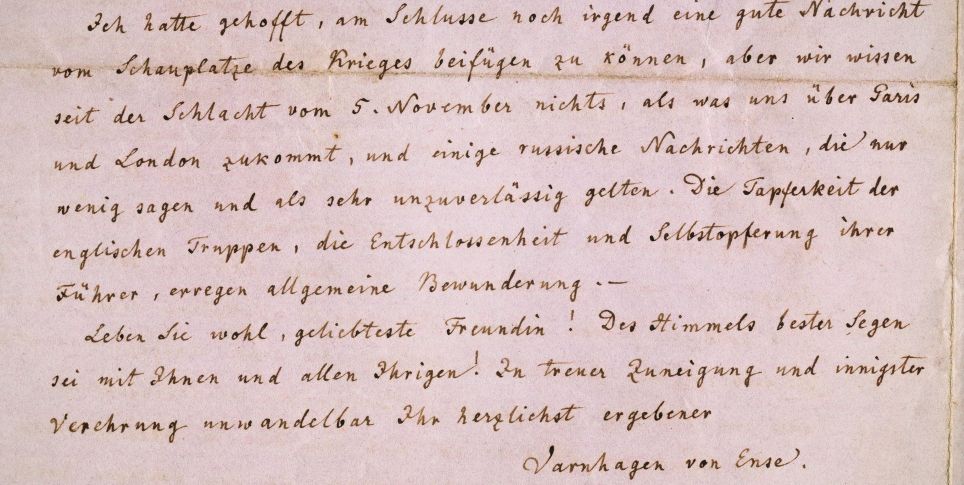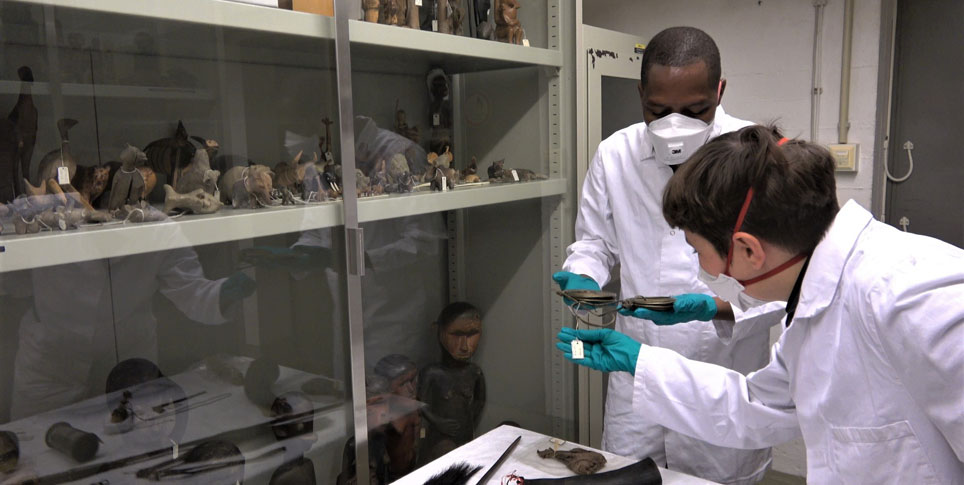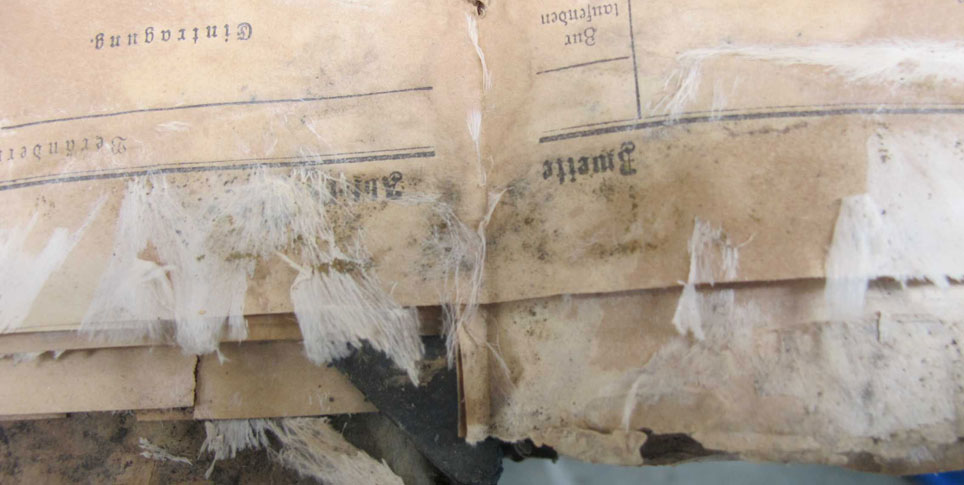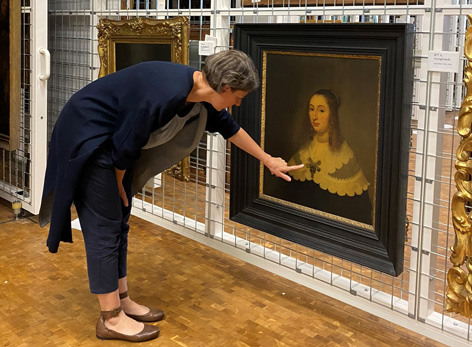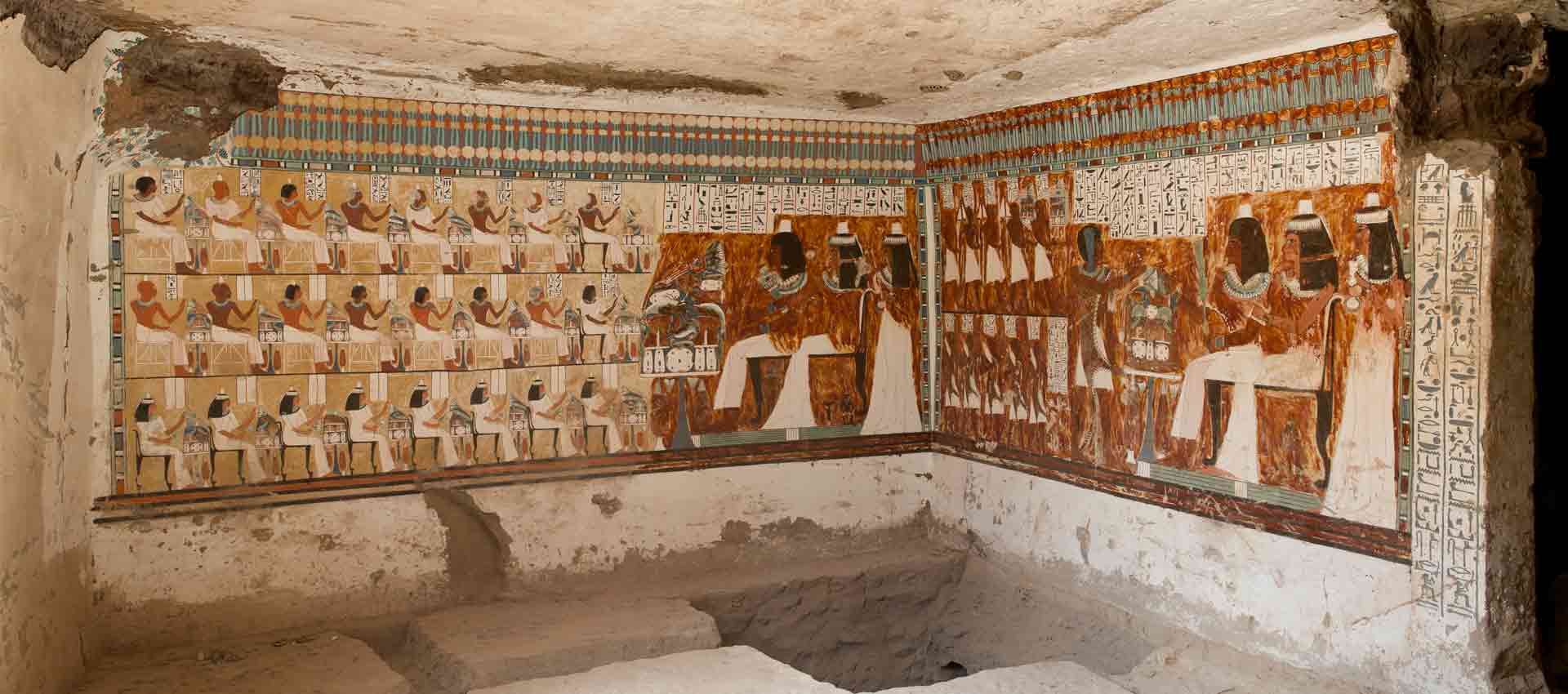For a long time, the synthetic compound cellulose nitrate was used as a photographic film base. Now archives, museums and other cultural heritage institutions face the task of trying to preserve this material while also grappling with the difficult exercise of sorting out their legal responsibilities. The Cellulose Nitrate Network is bringing together numerous stakeholders from a variety of institutions with the aim of pooling their knowledge and discussing possible solutions.
Cellulose nitrate was used as a base for flexible photographic film in both photography and cinematography. It was used extensively and for a variety of photographic and motion-picture film formats between the late 1880s and the 1950s, when production of such film ceased – although the possiblity of later use must always be kept in mind. As a result, the collections held by cultural institutions sometimes contain large amounts of historically valuable material preserved on this sensitive film. It is highly flammable and burns with an intense flame. Furthermore, the resulting fire cannot be extinguished, and toxic, potentially lethal gases are released. Because of its chemical composition, cellulose nitrate falls into the category of “other explosive substances” for the purposes of the German Explosives Act (Sprengstoffgesetz). Requirements for the storage, handling and transport of the material are laid down in a number of laws, directives, regulations, and guidelines.
Before they can be followed, however, the existing laws, regulations and ordinances must first be interpreted properly, and one prerequisite for that is thorough knowledge of the structural characteristics of the storage location. When it comes to getting information that might clarify such matters, cultural institutions are on their own. Since the relevant authorities or public agencies frequently have little experience dealing with this special subject, cultural institutions are often uncertain how to handle their film collections and therefore incapable of acting at all, even to the point of having to dispose of important or unique items of cultural heritage.
At present, working with photographic and cinematographic materials based on cellulose nitrate always involves a delicate balancing act amidst conflicting pressures: on the one hand, archives, museums, and other cultural heritage institutions have a mission to preserve the cultural heritage entrusted to them, but on the other hand, they must also respect a set of legal provisions which are, in aggregate terms, complex and difficult to pin down.
The bpk-Bildagentur
The bpk-Bildagentur (Picture Agency bpk) is part of the Staatsbibliothek zu Berlin (Berlin State Library), which is in turn a member institution of the SPK. It has an extensive image archive that includes over twelve million photographs from publishing houses as well as pre-mortem bequests and decedent estates of major photographers. These records of contemporary history make up one of the largest and most important photo archives in Europe. It has set itself the task of preserving these valuable items of cultural heritage, cataloguing them, and making selected images available in digital form.
In the spring of 2020, the idea therefore arose of bringing together a number of stakeholders from a variety of institutions with the aim of pooling their knowledge and discussing possible solutions. The result was the privately founded and financed Netzwerk Cellulosenitrat (Cellulose Nitrate Network), which views itself as an interest group concerned with the responsible handling of photographic and cinematographic materials based on cellulose nitrate. The network operates independently of any particular institution, although the individuals participating have mandates from the institutions that they represent. To begin with, the network is focusing on the fields of photography and cinematography, but it remains open to dealing with any other collection materials based on cellulose nitrate.
The steering committee consists of people from a variety of disciplines who have expertise in different subjects. They have already dealt with the subject in a variety of contexts and now want to use the network to address the full range of issues arising from the presence of cellulose nitrate in cultural or historical collections.
To this end, the Cellulose Nitrate Network aims to create a robust and accessible knowledge base that will enable professionals to be confident that they are handling this material properly. It also aims to clarify the legal gray areas and to make the legal situation comprehensible and practice-oriented.
To that end, the network has set the following objectives:
- Facilitate exchange concerning the historical background of cellulose nitrate, the current state of affairs and planned developments
- Collect and provide available information, including basic scientific knowledge
- Discuss legal viewpoints and possible interpretations with regard to the handling and storage of materials consisting of cellulose nitrate
- Formulate guidelines and tips for dealing with all of the issues involved
- Establish points of contact or information centers for the above questions/problems
- Participate in the development of recommendations and norms
- Initiate and participate in new research and studies
Because of the complex legal situation, as indicated above, the network cannot offer authoritative legal advice. Nevertheless, the information and recommendations provided on the website should provide a foundation of necessary knowledge and help people to help themselves.
The website first focuses on the legal aspects of storing and transporting cellulose nitrate materials, and on the different responsibilities in different states of Germany. Information is still being drawn up on ways of identifying cellulose nitrate materials and on the climatic conditions appropriate for storing it. The information provided on the website will be continually improved and expanded.


